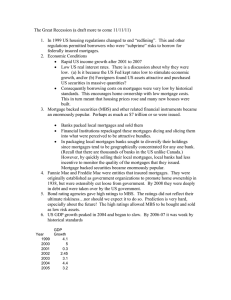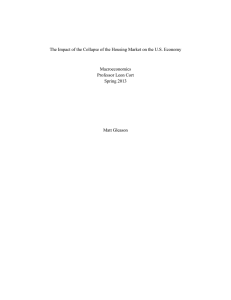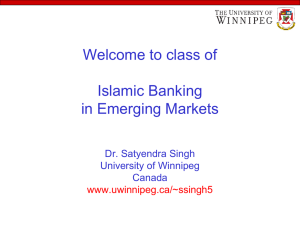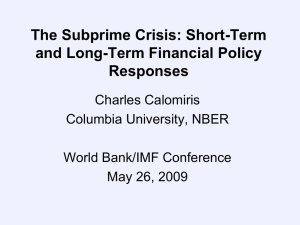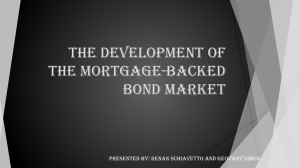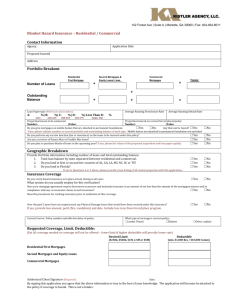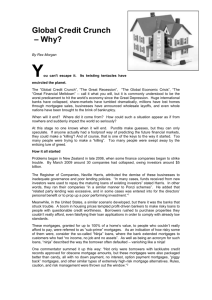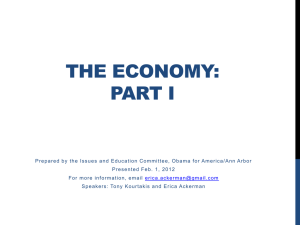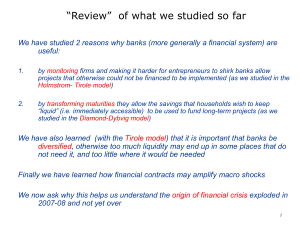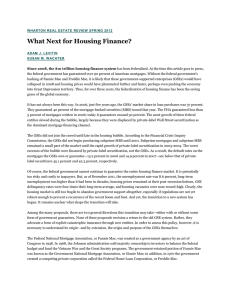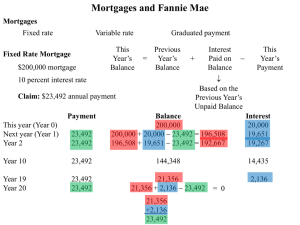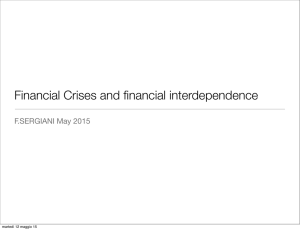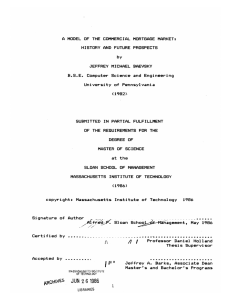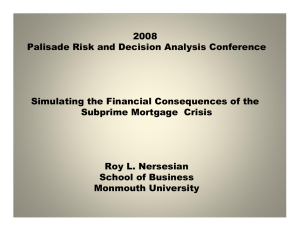systemic_risk
advertisement
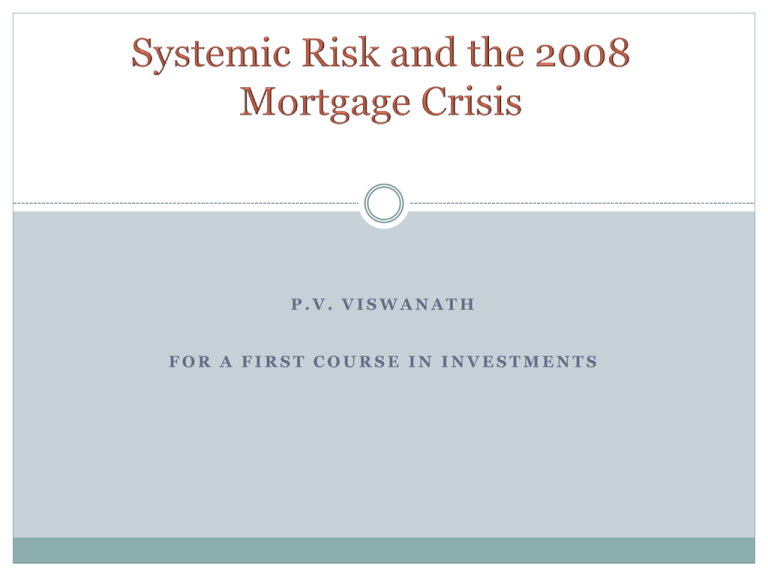
P.V. VISWANATH FOR A FIRST COURSE IN INVESTMENTS 2 Changes in the way mortgages were originated. Formerly banks originated mortgages and held them. Later, after the development of Fannie Mae and futures in MBS, secondary markets in mortgages developed and banks were able to package their mortgages, sell them off and remove them from their balance sheet. This allowed to concentrate on mortgage origination. As long as conforming mortgages were securitized, they could be priced more easily. Once private firms being securitizing non-conforming mortgages, and mortgages began to carry all sorts of option-like characteristics, the possibility of their mispricing rose. 3 Problems in the functioning of the market Incentives for short-term gains then led to underpricing of mortgage backed securities. CDS contracts did not perform as expected because systemic risk was not taken into account. Starting from a period of low-interest rates, when rates rose and over-leveraged banks needed to sell-off their mortgages, the market collapsed. 4 Systemic Risk: a potential breakdown of the financial system in which problems in one market spill over and disrupt others. One default may set off a chain of further defaults Waves of selling may occur in a downward spiral as asset prices drop Lack of liquidity compounds the problem since asset owners have to sell to raise cash immediately. Potential contagion from institution to institution, and from market to market 5 Add liquidity to reduce insolvency risk and break a vicious circle of valuation risk/counterparty risk/liquidity risk Increase transparency of structured products like CDS contracts Change incentives to discourage excessive risktaking and to reduce agency problems at rating agencies Prevent the growth of too-big-to-fail institutions 6 Certain financial institutions are so large and so interconnected that their failure will be disastrous to an economy (high systemic risk). These institutions become recipients of beneficial financial and economic policies from governments or central banks to keep them alive. Companies that fall into this category take positions that are high-risk, as they are able to leverage these risks based on the policy preference they receive.


